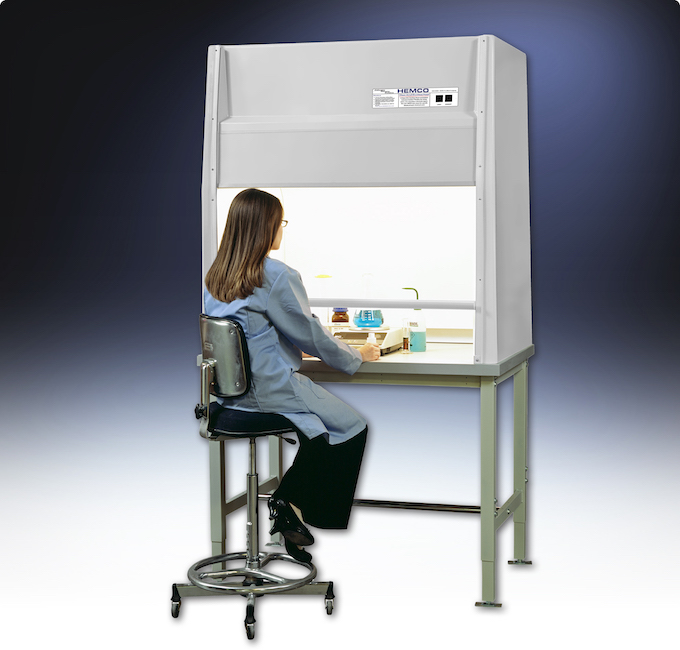Lab Equipment Company Features Ductless Fume Hood
- By Yvonne Marquez
- 11/30/20
HEMCO, a laboratory equipment manufacturer, released its CleanAire II Ductless Hoods. The hood is designed to meet DH I requirements as defined by SEFA 9.

The hood features:
- a built-in carbon filtration system to adsorb non-toxic fumes and odors,
- an integral blower,
- a vapor proof light and;
- fan and light switches.
The hood is made of fire-retardant fiberglass “with a molded one-piece seamless interior fume chamber.” The carbon filter adsorbs the fumes and then re-circulates the air back to the laboratory. It does not require duct or venting to outside.
The hood is available in 24”, 30”, 35”, and 47” models. The product is shipped completely assembled and ready for operation.
About the Author
Yvonne Marquez is senior editor of Spaces4Learning. She can be reached at [email protected].